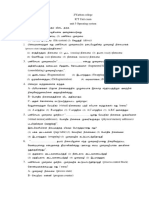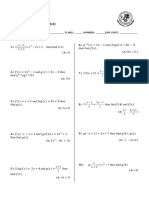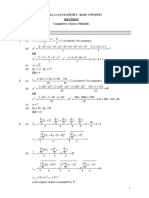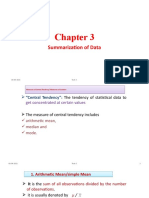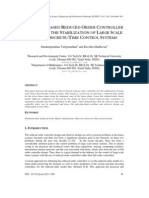0% found this document useful (0 votes)
3 views5 pagesTypes of Python Operators
The document outlines various types of Python operators, including arithmetic, assignment, comparison, logical, bitwise, special, and membership operators. Each type is explained with definitions and examples demonstrating their usage in Python programming. The document serves as a comprehensive guide for understanding how to perform different operations using these operators.
Uploaded by
gobal suthakaranCopyright
© © All Rights Reserved
We take content rights seriously. If you suspect this is your content, claim it here.
Available Formats
Download as PDF, TXT or read online on Scribd
0% found this document useful (0 votes)
3 views5 pagesTypes of Python Operators
The document outlines various types of Python operators, including arithmetic, assignment, comparison, logical, bitwise, special, and membership operators. Each type is explained with definitions and examples demonstrating their usage in Python programming. The document serves as a comprehensive guide for understanding how to perform different operations using these operators.
Uploaded by
gobal suthakaranCopyright
© © All Rights Reserved
We take content rights seriously. If you suspect this is your content, claim it here.
Available Formats
Download as PDF, TXT or read online on Scribd
/ 5
































































